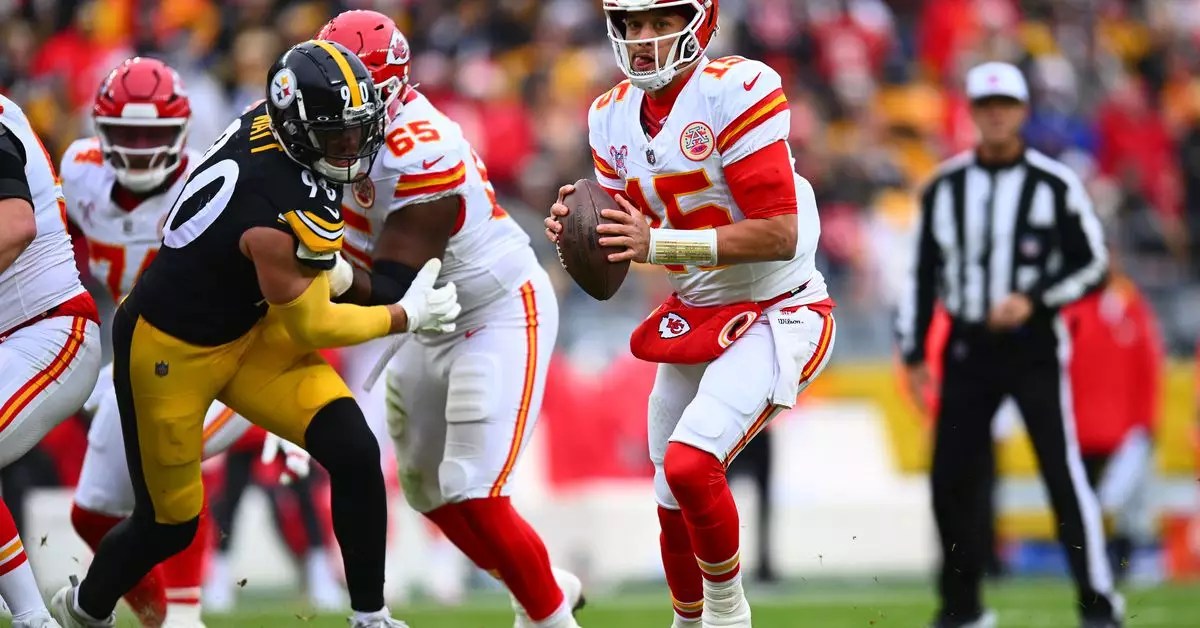In a groundbreaking move that underscores the shifting landscape of sports broadcasting, Netflix recently announced that its live NFL games on Christmas Day attracted an unprecedented audience. The streaming giant’s partnership with the National Football League saw the Kansas City Chiefs and the Pittsburgh Steelers pull in an impressive 24.1 million average minute audience (AMA), while the showdown between the Houston Texans and the Baltimore Ravens managed to surpass that, achieving an AMA of 24.3 million. This achievement resulted in a staggering cumulative total of nearly 65 million viewers, firmly establishing these games as the most streamed NFL events in history.
This milestone is not just significant for Netflix; it marks a pivotal moment for streaming platforms generally, as they increasingly vie for positions in the competitive arena of live sports broadcasting. The robust viewer engagement signifies that audiences are ready to shift their loyalties from traditional cable broadcasts to on-demand options that provide unprecedented access and flexibility.
While Netflix faced some challenges in previous live events—most notably during the highly publicized boxing match between Mike Tyson and Jake Paul—it has demonstrated significant fortitude in enhancing its streaming capabilities. On Christmas Day, despite the influx of more than 60 million households tuning in, Netflix’s infrastructure proved largely resilient. This resilience extended beyond the football games to include magnificent performances by iconic artists Mariah Carey and Beyoncé, further enriching the viewer experience.
In an effort to capitalize on the excitement and momentum, Netflix has committed to adding a standalone replay of Beyoncé’s halftime performance, dubbed the “Beyoncé Bowl.” This strategic move, following a remarkable peak of 27 million live viewers during her performance, aligns with Netflix’s broader strategy to create engaging content that extends beyond mere sports broadcasting.
This landmark achievement for Netflix is not just a one-off event; it signals the sport streaming model’s transition into a mainstay of American sports culture. With the NFL’s broadcast deal securing Christmas Day games on the platform for at least the next two years, Netflix is positioning itself at the forefront of live sports. This arrangement not only caters to the growing number of sports fans turning to streaming options but also sets a precedent for other leagues.
The NBA, traditionally a dominant player on Christmas Day, reported that its games also thrived, delivering its most-watched holiday games in five years, averaging 5.25 million viewers per game. The competition presents an exciting environment for viewers and a challenge for both leagues. With Netflix stepping firmly into the sports arena, it will be intriguing to see how traditional networks adapt to maintain viewership amid this evolving media landscape.
The expanding role of streaming platforms like Netflix in live sports broadcasting hints at a future where traditional cable may become less relevant. The clear demand for flexible viewing options and high-quality broadcast experiences may push other networks to innovate, ensuring that they remain competitive in an industry that is rapidly transforming. As Netflix and other streaming giants continue to embrace sports content, fans can expect more engaging and accessible viewing experiences that redefine how they consume their favorite games.


Leave a Reply